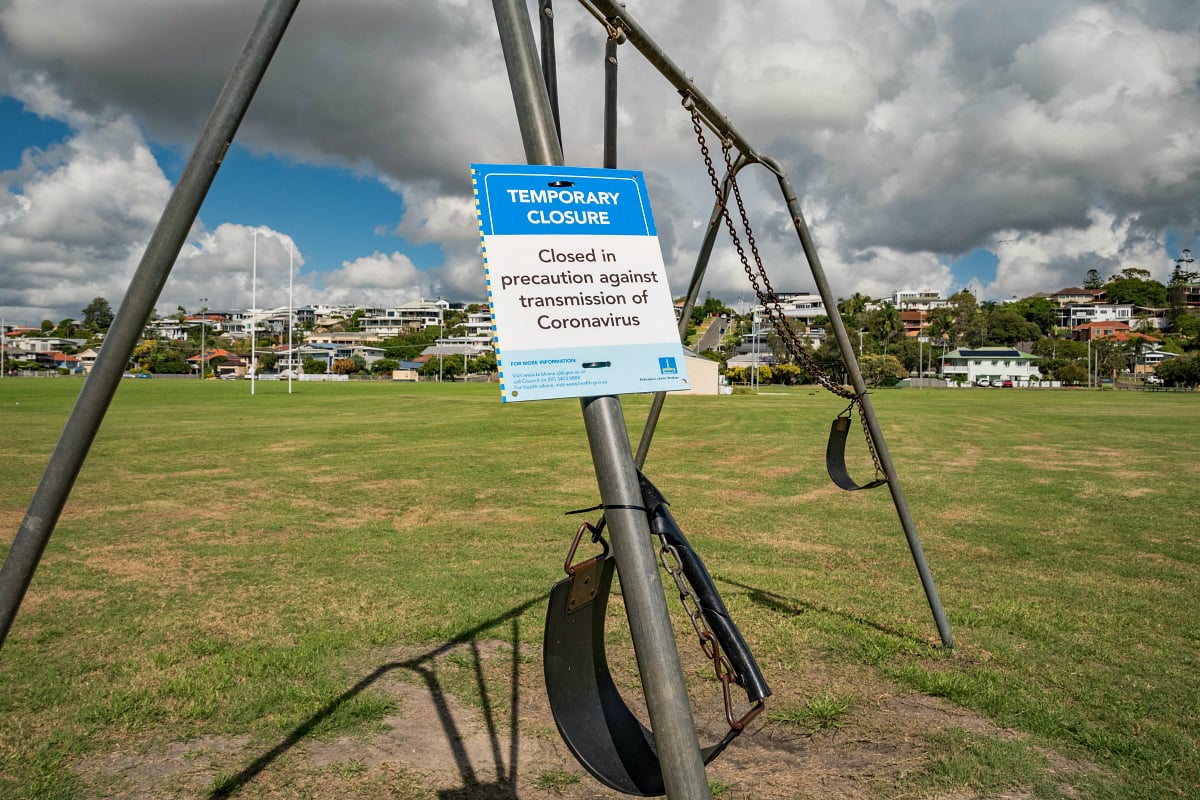
Never has it been so simple to help save lives. All we have to do is: stay home unless we need something absolutely essential; wash our hands more often and for longer than usual; and not touch our faces. Easy, right? Heroes, the whole lot of us.
But while we know it’s absolutely crucial that we practise social distancing, we’re all asking the same question: How long will novel coronavirus regulations last?
Watch: Mamamia’s The Quicky host Claire Murphy delivers the facts on COVID-19.





























































































